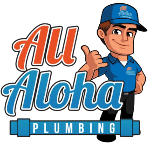Have you ever wondered about the safety of your home’s water supply? Backflow prevention systems play a crucial role in protecting your household from water contamination. This article will explore the importance of these systems, how they work with your plumbing, and their integration with water heaters. We’ll also cover professional installation tips to ensure your home’s water remains safe and clean. By understanding backflow prevention, you’ll gain peace of mind about your family’s water quality and learn how to maintain a healthy plumbing system.
Key Takeaways
- Backflow preventers are crucial for protecting home water supplies from contamination
- Regular maintenance of RPZ devices ensures optimal performance and longevity of water safety systems
- Professional installation and annual inspections are essential for effective backflow prevention
- Homeowners should be aware of signs indicating potential backflow issues in their plumbing systems
- Proper selection and installation of backflow preventers depend on specific home plumbing configurations and risks
Understanding the Importance of Home Water Safety
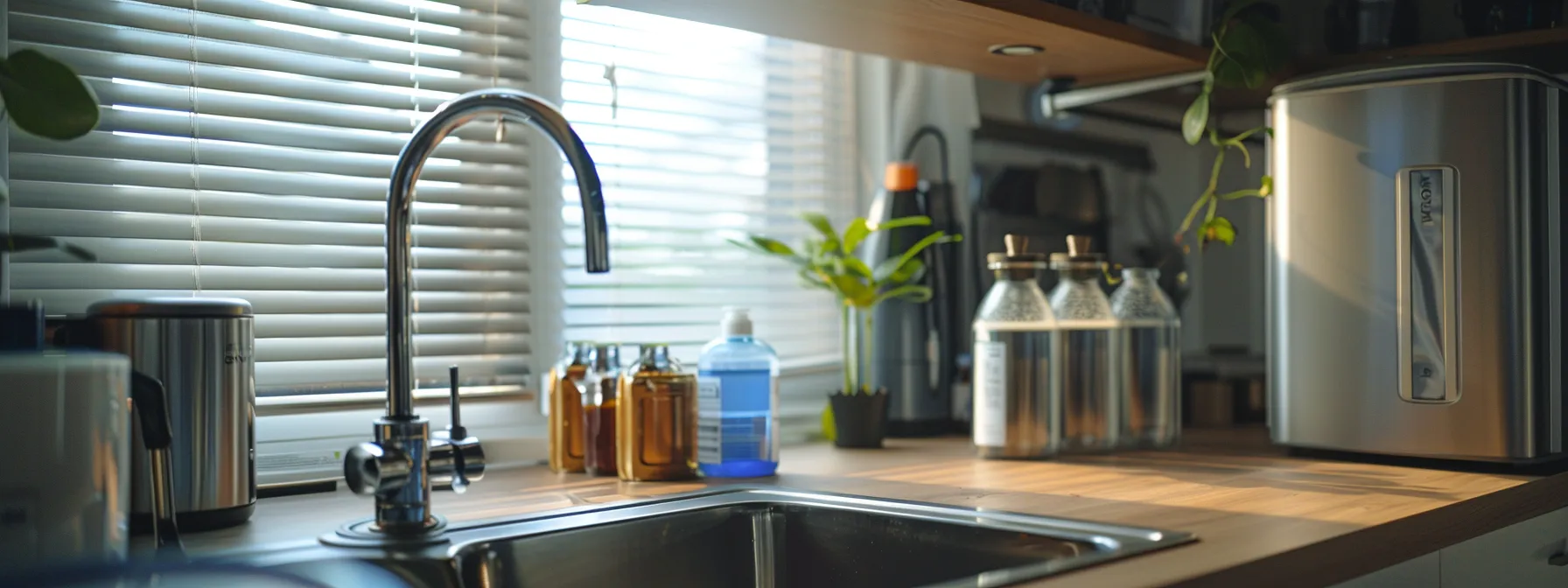
Home water safety is crucial for protecting residential health and complying with Phoenix Plumbing Services regulations. This section explores common water contaminants, health risks associated with unprotected water supplies, and the importance of meeting safety standards. Understanding these factors helps homeowners maintain safe water systems, from gas water heaters to toilets, ensuring proper function and safety of all plumbing components.
Identifying Common Water Contaminants in Homes
Common water contaminants in homes include bacteria, viruses, and chemicals that can pose serious health risks. These pollutants often enter water supplies through faulty plumbing systems, particularly when backflow prevention devices like the lf009m3qt are not properly installed or maintained. Natural gas leaks from water heaters can also introduce harmful substances into the water supply, emphasizing the importance of regular inspections and maintenance of steel components and relief valves.
Homeowners should be aware of potential contaminants such as lead, chlorine, and sediment that can affect water quality and taste. Regular water testing and the installation of appropriate filtration systems can help identify and mitigate these issues. Apollo backflow preventers and other safety devices play a crucial role in maintaining water purity by preventing contaminated water from flowing back into the main supply, ensuring the safety of residential plumbing systems.
Health Risks of Unprotected Water Supply
Unprotected water supplies pose significant health risks to homeowners. Without proper safeguards like the Watts LF009 backflow preventer or Wilkins RPZ valves, contaminants can infiltrate the water system, leading to waterborne illnesses. Electric water heaters without adequate protection may also contribute to water quality issues, potentially voiding their warranty and compromising household safety.
Exposure to contaminated water can result in various health problems, ranging from gastrointestinal issues to more severe conditions. Proper installation and maintenance of backflow prevention devices, such as butterfly valves and RPZ assemblies, are crucial for safeguarding residential water supplies. Regular inspections and adherence to local plumbing codes help ensure the ongoing effectiveness of these protective measures:
- Install and maintain certified backflow prevention devices
- Regularly inspect electric water heaters and plumbing systems
- Conduct periodic water quality tests
- Address any issues promptly to maintain warranty coverage
Ensuring Compliance With Water Safety Regulations
Compliance with water safety regulations is crucial for homeowners to ensure the protection of their water supply. In Canada, strict guidelines govern the installation and maintenance of rpz backflow devices, which are essential for preventing contamination in residential plumbing systems. These regulations extend to various areas of the home, including laundry facilities, where proper backflow prevention is necessary to safeguard the water supply from potential pollutants.
Homeowners must stay informed about local water safety standards and ensure their plumbing systems meet these requirements. This includes regular maintenance of water filters and backflow prevention devices. Many municipalities offer resources and guidance to help residents understand and comply with these regulations, ensuring the safety of their household water supply. The following table outlines key components of water safety compliance:
How Backflow Affects Household Water Systems
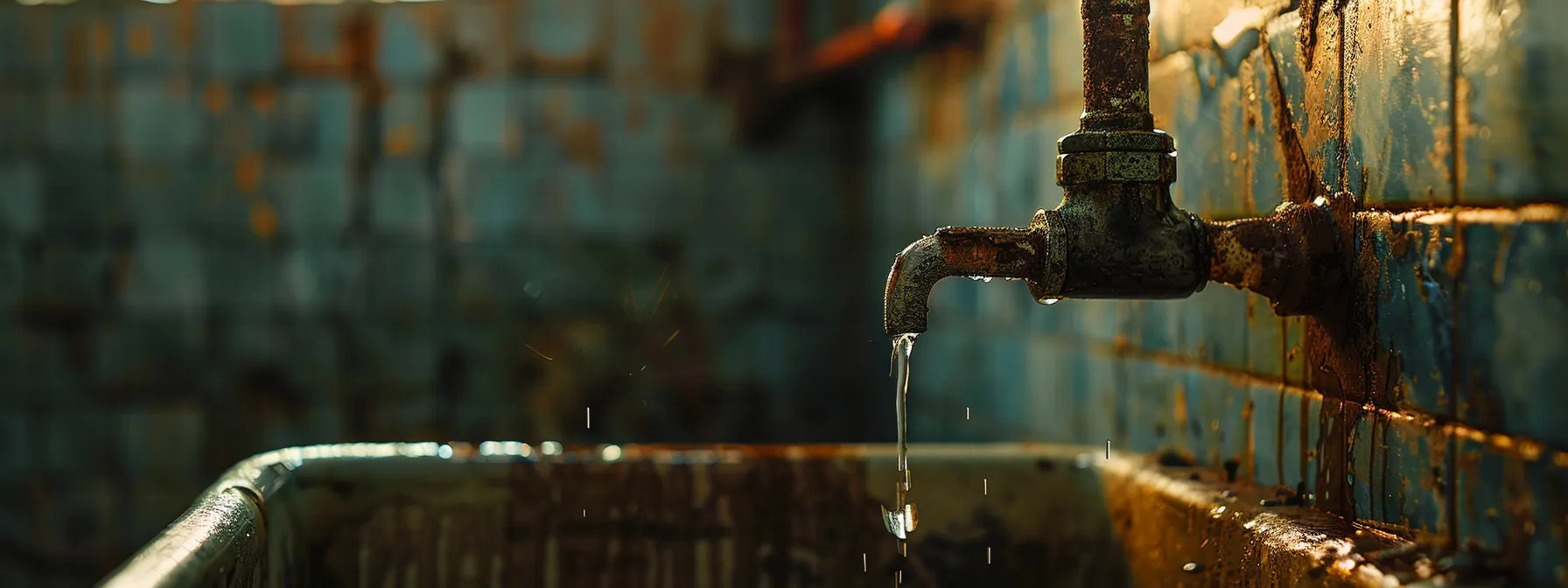
Backflow in household water systems poses significant risks to water safety. This section explores the causes of backflow, including pump failures and faulty switches, signs of potential backflow issues, and immediate steps to take when backflow occurs. Understanding these aspects is crucial for maintaining safe water systems, particularly in homes with fire sprinkler systems or those at risk of lead contamination due to improper dimensions or installation.
Exploring the Causes of Backflow
Backflow in household water systems occurs when contaminated water flows back into the clean water supply, often due to pressure changes. Common causes include faulty pressure-reducing valves, such as the Watts 957 OSY, or malfunctioning sinks. Polyvinyl chloride pipes, while durable, can contribute to backflow issues if improperly installed or maintained.
Regular backflow inspection is crucial for preventing contamination. Homeowners should seek “backflow inspection near me” services to ensure their systems, including devices like the LF909, are functioning correctly. These inspections can identify potential issues before they lead to serious water quality problems:
Signs Your Water System May Be Experiencing Backflow
Homeowners should be vigilant for signs of backflow in their water systems. Discolored or foul-smelling water often indicates a back flow valve issue, potentially caused by a malfunctioning reduced pressure zone device. Unusual noises from pipes, such as gurgling or hissing, may suggest a problem with the backwater valve or lf009m2qt assembly.
Fluctuations in water pressure or unexpected changes in water temperature can also signal backflow problems. If these symptoms persist, it’s crucial to contact a professional plumber immediately to inspect and repair the system. Prompt action can prevent contamination and ensure the continued safety of the household water supply:
Immediate Steps to Take When Backflow Occurs
When backflow occurs in a household water distribution system, immediate action is crucial to prevent contamination of the water supply. Homeowners should first shut off the main water valve to stop the flow of potentially contaminated water. They should then contact a licensed plumber or backflow specialist to assess the situation and provide professional guidance on necessary repairs or replacements.
While waiting for professional assistance, homeowners can gather important information about their water system, including the location of backflow prevention devices and any recent changes or repairs. They should avoid using water from faucets or other outlets until the system has been thoroughly inspected and cleared for use. If a leak is visible, containment measures should be implemented to minimize water damage and potential spread of contaminants.
Overview of Backflow Prevention Systems
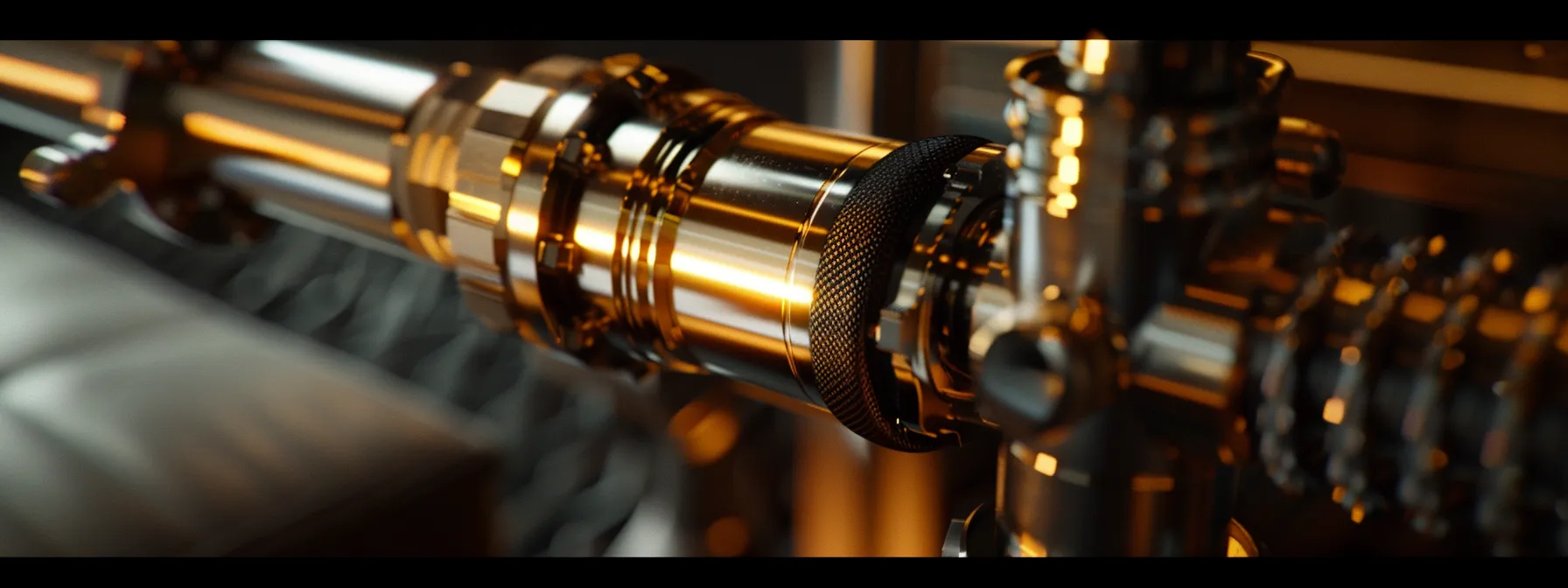
Backflow prevention systems are crucial for safeguarding home water supplies from contamination. This section explores different types of backflow preventers, including Wilkins backflow devices, and guides homeowners in selecting the right system for their needs. It also highlights the benefits of installing these systems, such as preventing water damage and protecting fixtures like taps and compression fittings. Understanding these aspects ensures optimal water safety and system longevity.
Different Types of Backflow Preventers Explained
Backflow preventers come in various types, each designed for specific applications in home water systems. The air gap, one of the simplest and most effective methods, creates a physical separation between the water supply and potential contaminants, often used in kitchen sinks. Control valves, such as reduced pressure zone devices, utilize pressure differentials to prevent backflow and are commonly installed in main water lines.
Other types include double check valves and pressure vacuum breakers, which are suitable for different risk levels and plumbing configurations. These devices can be integrated into various parts of a home’s plumbing system, including gas lines and plastic pipework, ensuring comprehensive protection against backflow in all areas of water usage.
Selecting the Right Backflow Prevention Device for Your Home
Selecting the right backflow prevention device for a home requires careful consideration of various factors, including the potential risks to the sanitary sewer system and overall health concerns. Homeowners should assess their specific needs, such as the presence of fire hydrants or irrigation systems, which may require different types of backflow preventers. The backflow testing cost should also be factored into the decision-making process, as regular maintenance is essential for ensuring the device’s effectiveness.
When choosing a backflow prevention system, it’s important to consider the thermal efficiency of the device, especially in areas where temperature fluctuations are common. Homeowners should consult with a licensed plumber to determine the most appropriate device for their specific plumbing configuration and local regulations. This professional guidance can help ensure proper installation and compliance with safety standards, ultimately safeguarding the home’s water supply from potential contamination.
Benefits of Installing Backflow Prevention Systems
Installing backflow prevention systems offers numerous benefits for homeowners, ensuring the safety of their drinking water supply. These systems protect against potential hazards by preventing contaminated water from flowing back into the main water supply. Homeowners can find a certified backflow tester near them to ensure proper installation and maintenance of devices like the Watts RPZ, which is crucial for safeguarding household water quality.
Backflow preventers also protect appliances such as washing machines from potential damage caused by water pressure fluctuations. By maintaining a consistent flow direction, these systems help extend the lifespan of plumbing fixtures and appliances. The benefits of installing backflow prevention systems include:
- Protection against water contamination
- Compliance with local plumbing codes
- Prevention of appliance damage
- Peace of mind for homeowners
- Reduced risk of waterborne illnesses
The Function of Reduced Pressure Zone Backflow Preventers
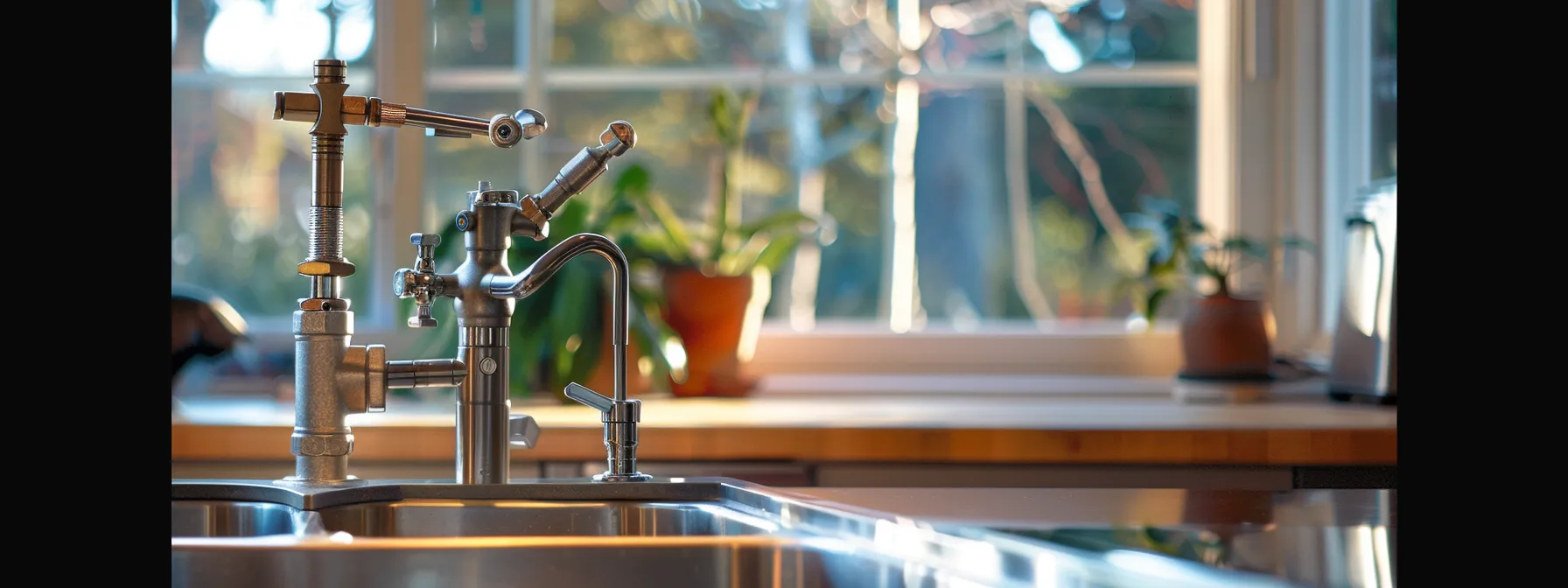
Reduced Pressure Zone (RPZ) backflow preventers play a crucial role in home water safety. These devices, made of durable alloys, protect water supplies from contamination using advanced sensors and vacuum breaker technology. This section explores how RPZ devices function, situations requiring their installation, and essential maintenance tips to ensure customer satisfaction and optimal performance.
How Reduced Pressure Zone Devices Protect Your Water
Reduced Pressure Zone (RPZ) devices protect home water supplies by creating a controlled area of low pressure between two check valves. This design prevents contaminated water from flowing back into the main water supply, even in cases of significant pressure drops or pipe failures. The RPZ valve’s unique configuration allows for efficient drainage, ensuring that any potential contaminants are safely diverted away from the potable water system.
In the event of a backflow incident, the RPZ valve’s internal relief valve opens, directing potentially contaminated water to a designated drainage area. This fail-safe mechanism prevents flooding and ensures that even in extreme situations, such as a 1-inch pipe rupture, the home’s water supply remains protected. The device’s ability to handle various water pressures and flow rates makes it an essential component in maintaining the safety and integrity of residential plumbing systems.
Situations Requiring Reduced Pressure Zone Preventers
Reduced Pressure Zone (RPZ) preventers are essential in situations where there’s a high risk of contamination to the potable water supply. These devices are particularly crucial in areas where the water system connects to potentially hazardous sources, such as chemical processing plants or medical facilities. In the United States, regulations often require RPZ installations to protect against pollution and ensure safe drinking water.
Residential properties with irrigation systems or pools often necessitate RPZ preventers to safeguard against backflow. While atmospheric vacuum breakers or hose bib vacuum breakers might suffice for low-risk applications, RPZ devices offer superior protection in complex plumbing scenarios. Homeowners should consult local plumbing codes to determine specific requirements for their property:
- Commercial properties with potential contaminants
- Residential irrigation systems
- Buildings with fire suppression systems
- Properties with auxiliary water supplies
- Facilities processing hazardous materials
Maintaining Reduced Pressure Zone Backflow Preventers
Maintaining Reduced Pressure Zone (RPZ) backflow preventers is crucial for ensuring continuous protection of home water supplies. Regular inspection of the gate valve and water metering components helps identify potential issues before they compromise the system’s effectiveness. Homeowners should schedule annual testing and maintenance of their Watts RPZ 009 or similar devices to ensure proper functioning of the reduced pressure zone valve.
Professional maintenance includes cleaning and lubricating internal parts, checking for wear on seals, and verifying the proper operation of relief valves. Technicians will also assess the device’s ability to handle various liquid pressures and flow rates, ensuring it meets local safety standards. Proper maintenance not only extends the life of the RPZ device but also safeguards the home’s water quality.
Integrating Backflow Prevention With Your 34-Inch Hot Water Heater
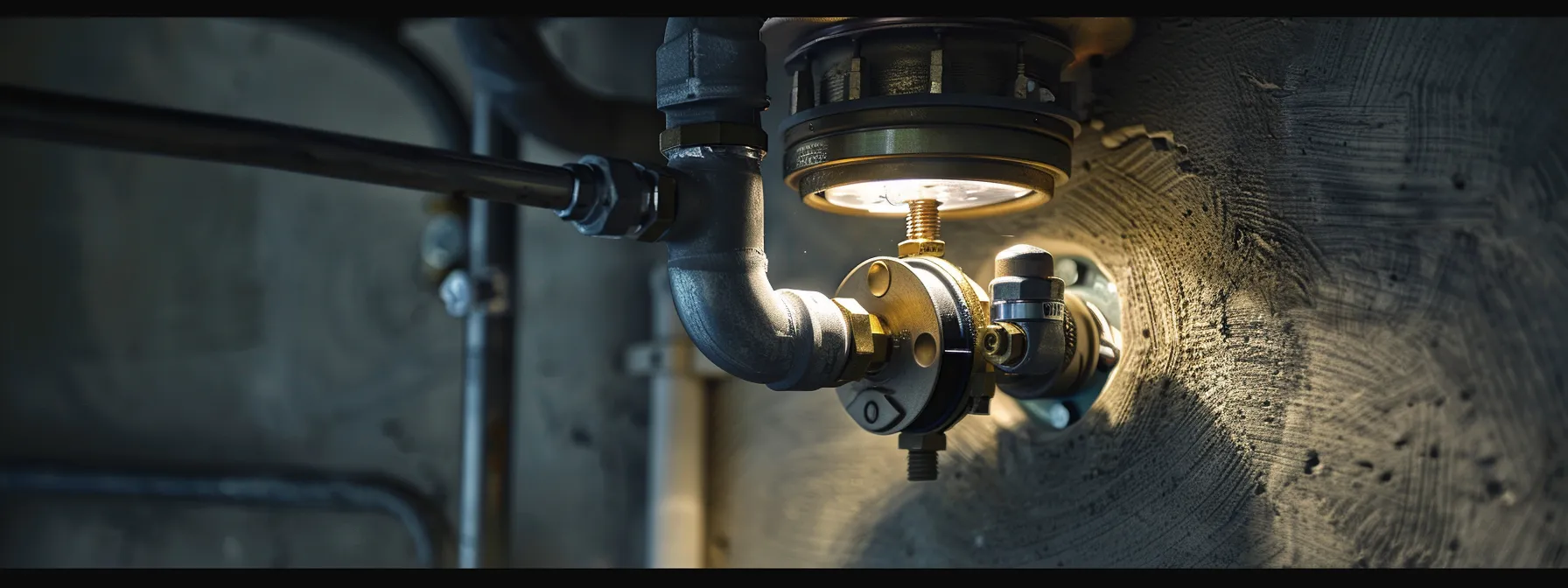
Integrating backflow prevention with a 34-inch hot water heater is crucial for maintaining safe water supplies in homes. This section explores the importance of backflow prevention in hot water systems, including protection against back pressure and contamination. It also covers proper installation techniques for devices like pressure vacuum breakers on copper pipes, ensuring effective safeguarding of both hot water and irrigation systems.
Importance of Backflow Prevention in Hot Water Systems
Backflow prevention in hot water systems is crucial for maintaining water quality and safety in homes. Hot water heaters, especially those with a 34-inch capacity, can create significant pressure within the system, potentially leading to backflow issues. Installing a Zurn RPZ (Reduced Pressure Zone) device helps protect against contamination by preventing hot water from flowing back into the main supply, even under high-pressure conditions.
Homeowners should consider the price of backflow prevention as an investment in their property’s safety and longevity. While iron components in hot water systems can withstand high temperatures, they may corrode over time, making regular maintenance essential. Proper backflow prevention also protects outdoor areas, including lawns, from potential scalding or chemical contamination that could occur if hot water were to backflow into irrigation systems.
Installing Backflow Preventers on 34-Inch Hot Water Heaters
Installing backflow preventers on 34-inch hot water heaters is crucial for maintaining water safety in the bathroom and throughout the home. The process involves mounting a backflow device, such as the Watts LF009M3QT, near the water heater to prevent contaminated water from entering the potable water supply. Proper backflow installation requires careful consideration of the device’s placement and connection to existing plumbing, ensuring it meets local regulations and manufacturer specifications.
Homeowners should consider the average cost of backflow prevention devices and installation when budgeting for this essential home improvement. While prices vary depending on the specific model and complexity of the installation, investing in a high-quality backflow preventer safeguards the home’s water supply and protects appliances from potential damage. Professional installation is recommended to ensure the device functions correctly and complies with local plumbing codes.
Protecting Your Hot Water Supply From Contamination
Protecting the hot water supply from contamination requires a comprehensive approach, including the installation of devices like the Watts 009QT backflow preventer. This device effectively reduces the risk of sewage or other contaminants entering the hot water system, especially in homes with sump pumps or complex plumbing setups. Proper RPZ installation near the 34-inch hot water heater creates a crucial barrier against potential backflow incidents.
Homeowners should regularly inspect their hot water systems for signs of contamination, such as discolored water or unusual odors. In addition to backflow prevention, maintaining a clean environment around the water heater and ensuring proper drainage can significantly reduce contamination risks. Regular maintenance of sump pumps and sewage systems also plays a vital role in protecting the hot water supply from potential hazards.
Professional Installation and Maintenance Tips

Professional installation and maintenance of backflow prevention systems are crucial for ensuring home water safety. This section covers finding qualified professionals for installation, including those experienced with pressure regulators and RPZ devices. It also outlines regular maintenance practices for optimal performance of components like butterfly valves and hoses, and provides troubleshooting tips for common issues with backflow preventers, including those related to propane systems.
Finding Qualified Professionals for Installation
Finding qualified professionals for RPZ plumbing installation is crucial for ensuring the proper function of a home’s water supply network. Homeowners should seek licensed plumbers with specific expertise in backflow prevention systems, particularly those familiar with the energy factor considerations of boilers and water heaters. These professionals can accurately assess the property’s needs and recommend appropriate devices, such as check valves or RPZ assemblies, to protect the water supply from contamination.
When selecting an installer, homeowners should verify their credentials and experience with similar projects. Reputable professionals will provide detailed quotes, explain the installation process, and offer guidance on maintaining the backflow prevention system. They should also be knowledgeable about local plumbing codes and regulations to ensure compliance and optimal performance of the installed devices.
Regular Maintenance Practices for Optimal Performance
Regular maintenance of backflow prevention systems is crucial for optimal performance and longevity. Homeowners should schedule annual inspections by certified professionals to check for signs of corrosion, particularly in stainless steel components and flanges. These inspections should include leak detection tests to identify potential issues before they escalate into major problems.
Maintenance practices should also focus on cleaning and lubricating moving parts, such as vacuum breakers and check valves. Professionals can assess the system’s performance under various pressure conditions and ensure all components are functioning correctly. Regular maintenance helps prevent costly repairs and extends the lifespan of the backflow prevention system:
- Conduct annual inspections by certified professionals
- Perform leak detection tests
- Clean and lubricate moving parts
- Assess system performance under various pressures
- Replace worn components as needed
Troubleshooting Common Issues With Backflow Preventers
Troubleshooting common issues with backflow preventers requires a systematic approach to identify and resolve problems in the pipeline. Homeowners should first check for visible leaks or unusual noises from devices like the Watts LF009M2QT. If issues persist, professionals can perform more thorough diagnostics, including pressure testing and internal inspections. Regular maintenance of these devices is crucial for preventing backflow and ensuring the safety of the home’s water supply.
Common problems often involve faulty seals, debris accumulation, or incorrect pressure settings. Technicians may need to adjust the volume of water flow or replace worn components to restore proper function. In some cases, backwater valve installation may be necessary to provide additional protection against backflow. Homeowners should keep detailed records of all maintenance and repairs to track the system’s performance over time:
Conclusion
Backflow prevention systems play a critical role in safeguarding home water supplies from contamination, protecting both health and property. Regular maintenance and professional installation of devices like Reduced Pressure Zone (RPZ) preventers are essential for ensuring the continued safety and quality of household water. Homeowners must remain vigilant for signs of backflow issues and take immediate action when problems arise to prevent potential health risks and water damage. By understanding the importance of backflow prevention and implementing appropriate measures, homeowners can ensure their water systems remain safe, efficient, and compliant with local regulations.

